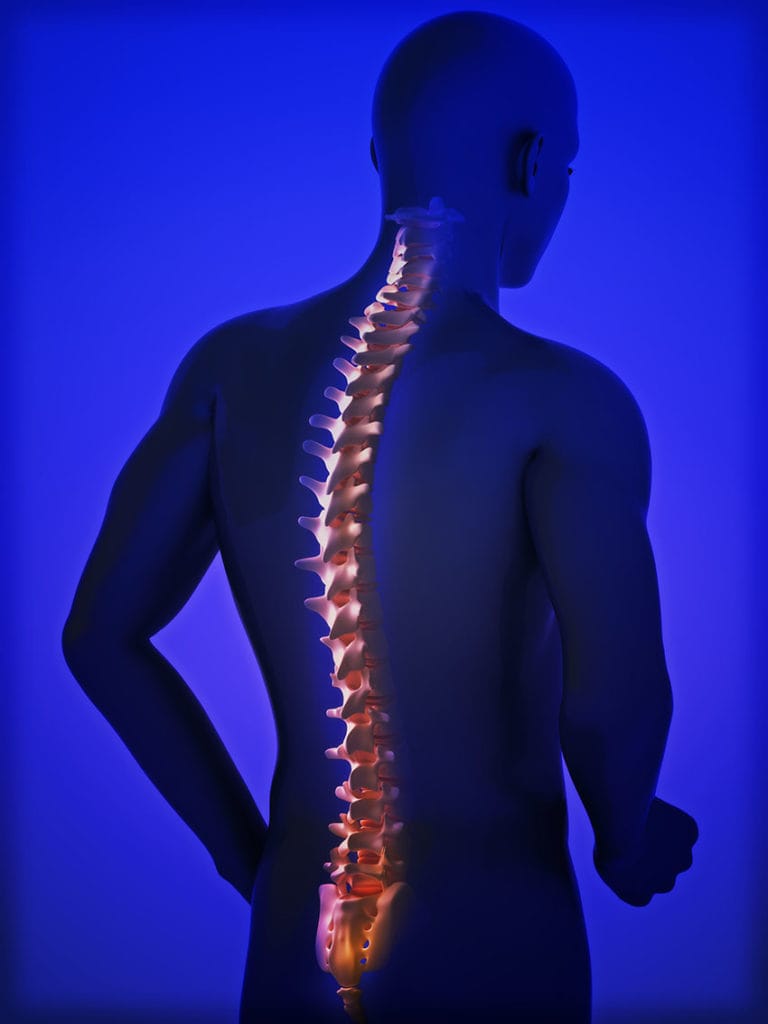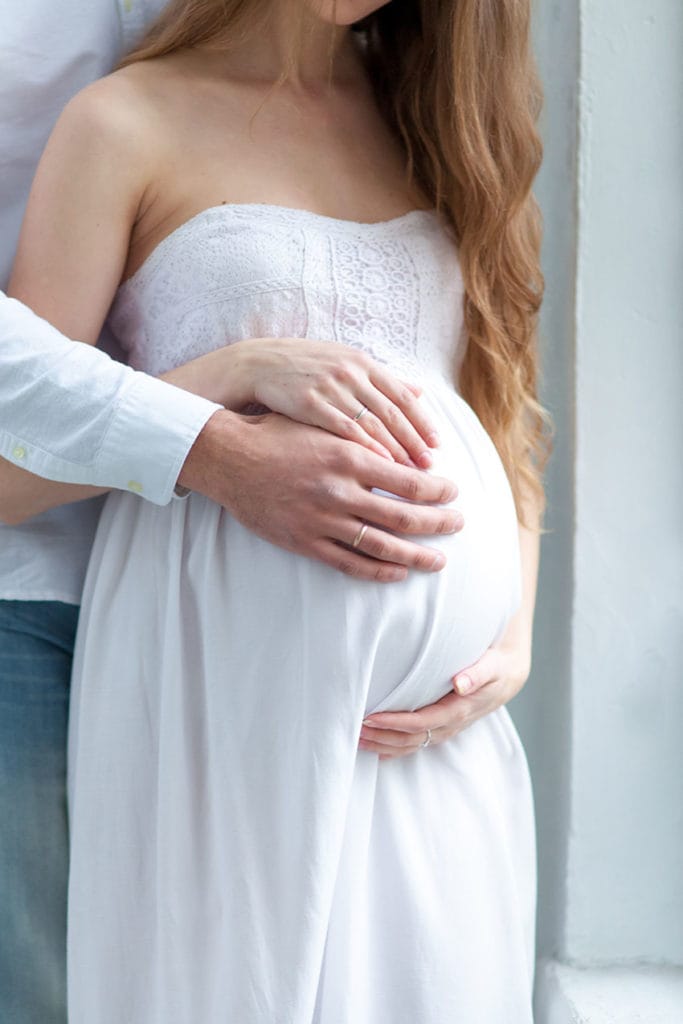Many orthopedic surgeons claim that although pain from spine problems is very extreme but mostly people ignore it to the unbearable level until they feel the need of doctor. So, let’s highlight a few common spine problems where you should not wait to see your doctor.
Sciatica
This condition may cause severe pain from lower back to your bottom which travels all the way through your legs and sometimes it may reach to your feet as well. Generally, only one leg and foot are affected but the pain levels are not normal. The pain caused is because of irritation in sciatic nerve due to a herniated disk or any other spine issue putting pressure on this nerve.
Treatment: Physical therapy, exercises like stretching, hot or cold packs or anti-inflammatory medication may help. However, severe cases might need surgical intervention.
Slipped Disk
There are disks which sit between each of our vertebrae to prevent collision with each other but these disks get slipped when a person has gone through some injuries or has fallen down with sudden jerks or high pressure. Other common reasons of herniated disk include ageing or involvement in some repetitive motions for a longer period of time. However, the pain remains the same which is quite severe and requires proper treatment.
Treatment: Exercise and medication in early stages while operation is advised in severe conditions.
Cervical Pain
This is a very common spine issue causing severe pain in neck and shoulder area among many people and especially the young generation in their mid-20s. There is a possibility of disk slippage in that area or sprouting an extra bone called spurs on vertebrae which help in boosting the strength. Usually the ligaments get very stiff which connects the vertebrae resulting in severe pain even when you move your neck. Also, this condition may become very serious if not cured timely resulting in permanent damage as well.
Treatment: Exercising, rehabilitation and physical therapies are very helpful while surgical interventions are required in severe cases.
Osteoarthritis
There are some slippery tissues which are affected in this condition which helps in keeping our backs flexible without any friction. When these slippery tissues become rough, they stop functioning properly and friction is produced when vertebrae start rubbing against each other. This result in severe back pain with stiffness in back and women are more prone to this condition especially in their post-menopausal phase. The worst part of this condition is that it cannot be cured completely but only managed to control it from increasing further.
Treatment: Exercising, therapies and painkillers may help relieve your pain.
Scoliosis
This condition de-shapes your spine when it is moved from its original position to either side of your body. It is very common among children who are near puberty – during growth spurt, the spine bends sideways. The prominent symptoms may include uneven shoulders or one shoulder may be sticking out more than the other one. The main cause is still unknown; however, commonly it is occurred as a result of a spinal injury, arthritis or other spinal issues. This condition requires immediate treatment as it may cause disabling if ignored for a longer period of time.
Treatment: Bracing and physical therapies are used in initial stages while surgical interventions where rods and screws are used to correct the curvature are considered as more successful treatments.
Kyphosis
This condition is known as bending of spine in forward direction where your head is shown as a separate entity from your body. It is very common in women above 50 but children are also reported with this condition in some cases. In severe cases, this condition may also de-shape your body completely along with excessive pain in neck and back.
Treatment: Exercising and therapies may help while surgery is recommended in severe cases.
Spinal Stenosis
This condition narrows your spinal canal for which spine and back doctors McLean recommend treating it immediately as it may result in other spinal disorders if ignored for a longer period of time. It generally occurs in people above 60 and progresses quite slowly with slight pain in back and legs.
Treatment: Exercising and therapies may help while surgery is recommended to make room for nerves in severe conditions.


